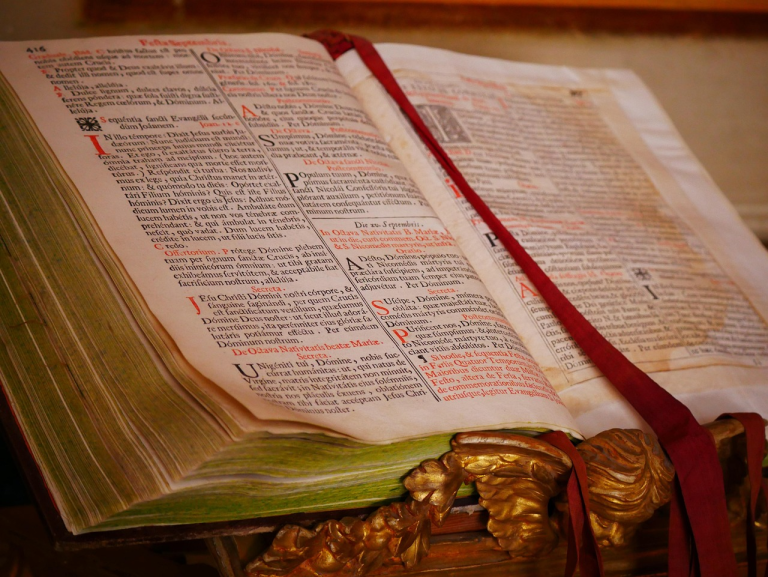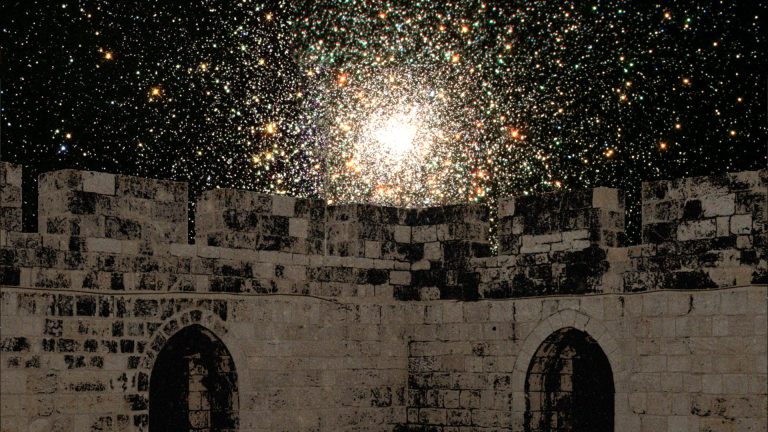Zion, the City of God

“Glorious things of thee are spoken, Zion, city of our God.” These words open one of John Newton’s (1725–1807) most well – known hymns. Once a slave trader who later became an abolitionist, Newton drew inspiration from various biblical passages. In his hymn, he emphasizes how the name Zion has come to represent the eternal city of God, which is the ultimate aim of God’s creative and redemptive work. Zion, also known as the new Jerusalem, is the holy city where people from all ethnic groups, freed from the pain, suffering, and death of this current world, will live in the presence of God. Zion is a powerful biblical symbol of hope and restoration, firmly rooted in God’s plan for a renewed creation.
The City of David
Zion first appears in the Bible in 2 Samuel 5:6–7, where it mentions David capturing “the fortress of Zion” (NIV). Since this fortress was part of ancient Jerusalem, “Zion” often refers to Jerusalem. When the temple was built, Mount Zion, with its tall citadels and strong walls, became the “city of the great King” (Ps. 48:2).
However, despite Zion’s special status as God’s holy city, things were not always well within its walls. Over time, its inhabitants turned away from God. Around the end of the 8th century BC, the prophet Isaiah declared, “The faithful city has become a prostitute” (Isa. 1:21, NIV). Isaiah didn’t hold back; he delivered a series of serious warnings to the people of Jerusalem, predicting the city’s destruction.
Even so, Isaiah looked beyond the coming judgment and spoke of a restored Jerusalem. He prophesied that despite its destruction by the Babylonians in 586 BC, earthly Jerusalem would be rebuilt. This restoration would be brought about by a Persian king named Cyrus (Isa. 44:28). Interestingly, Isaiah described Cyrus as a Gentile messiah who would come to Jerusalem’s rescue (Isa. 45:1).
The New Cosmos
Isaiah also anticipated that a future Messiah from the line of David would play a crucial role in building a new Jerusalem (for example, Isa. 9:6–7; 11:1–5). Importantly, this king would be a suffering servant who would sacrifice his life to atone for the sins of those who had gone astray (Isa. 50:4–9; 52:13–53:12). This new Zion would be very different from the corrupt city in Isaiah’s time. It would be a righteous city, no longer deserted or in ruins. As Isaiah 62:3–4 puts it, it would be a crown of splendor in God’s hand. The new Jerusalem would be a diverse and cosmopolitan city, with citizens from all over the world.
Isaiah connected the new Zion to the creation of a new heaven and a new earth, highlighting the city’s complete transformation. God promised:
“See, I will create
new heavens and a new earth.
The former things will not be remembered,
nor will they come to mind.
But be glad and rejoice forever
in what I will create,
for I will create Jerusalem to be a delight
and its people a joy.” (Isa. 65:17–18, NIV)
At the core of God’s creation of the new heaven and the new earth is the new Jerusalem. While Isaiah expected Cyrus to rebuild the earthly Jerusalem, the promised Davidic King, Jesus Christ, would construct a Jerusalem that was fundamentally different. Through the repeated phrase “I will create,” with God as the speaker, the new Jerusalem is associated with “a new heaven and a new earth.” Although it’s not entirely clear from the text, it seems that Jerusalem will be a significant part of the new heaven and the new earth.
Isaiah 65:17–18 connects the beginning and the end of the Bible. Verse 17 closely echoes the opening sentence of Genesis, reminding us of God’s creation of our current world. This is significant because there is a connection between the present world and the world to come. Life in the new Jerusalem will have similarities to life now; Isaiah 65:21–22 talks about its residents building houses and planting vineyards. But the people’s daily experiences will also be different, as “the sound of weeping and of crying will be heard in it no more” (Isa. 65:19, NIV; cf. Rev. 21:4).
Isaiah’s vision of the new Jerusalem also includes the gift of eternal life. Those who come to the new Jerusalem will be completely healed and experience “everlasting joy” (Isa. 35:10; cf. 51:11; 61:7). Elsewhere, Isaiah speaks of how God will destroy death for “all peoples” and “all nations” (Isa. 25:6–8).
Looking at the last book of the Bible, Isaiah 65:17–18 aligns with the apostle John’s vision of the world being replaced by “a new heaven and a new earth” (Rev. 21:1). Notably, this involves a holy city called Jerusalem descending from heaven to earth. In John’s vision, the climax of God’s redemptive plan is the union of heaven and earth. While believers who have passed away populate the heavenly Jerusalem, the final form of the holy city awaits God’s creation of the new heaven and earth. With this in mind, the apostle Paul emphasizes the importance of the bodily resurrection of believers (1 Cor. 15:12–49).
The New Creation as the New Jerusalem
The hope of a future city of God is a recurring theme throughout the Bible, from Genesis to Revelation. According to the book of Hebrews, the patriarch Abraham looked forward to “the city with foundations, whose architect and builder is God” (Heb. 11:10, NIV). The expectation of a transformed Jerusalem is a major theme in the messages of the Old Testament prophets. In Eschatology in the Old Testament, Donald Gowan lists more than 75 passages in the prophetic books that refer to an ultimate Jerusalem.
In the New Testament, Paul contrasts the present earthly Jerusalem with a heavenly Jerusalem (Gal. 4:25–26) and considers his and other believers’ citizenship to be in heaven (Phil. 3:20). To encourage his readers to stay committed to following Jesus Christ, the author of Hebrews writes, “Here we do not have an enduring city, but we are looking for the city that is to come” (Heb. 13:14, NIV; cf. 11:16; 12:22). Similarly, the apostle Peter writes, “In keeping with his promise we are looking forward to a new heaven and a new earth, where righteousness dwells” (2 Pet. 3:13, NIV). Although believers look forward to inheriting this city, in a sense, they have already become part of it (Heb. 12:22).
Once we understand Jerusalem’s importance as the goal of God’s creative and redemptive work, it’s easy to see why Newton ended his hymn with the words “Solid joys and lasting treasures, none but Zion’s children know.”





